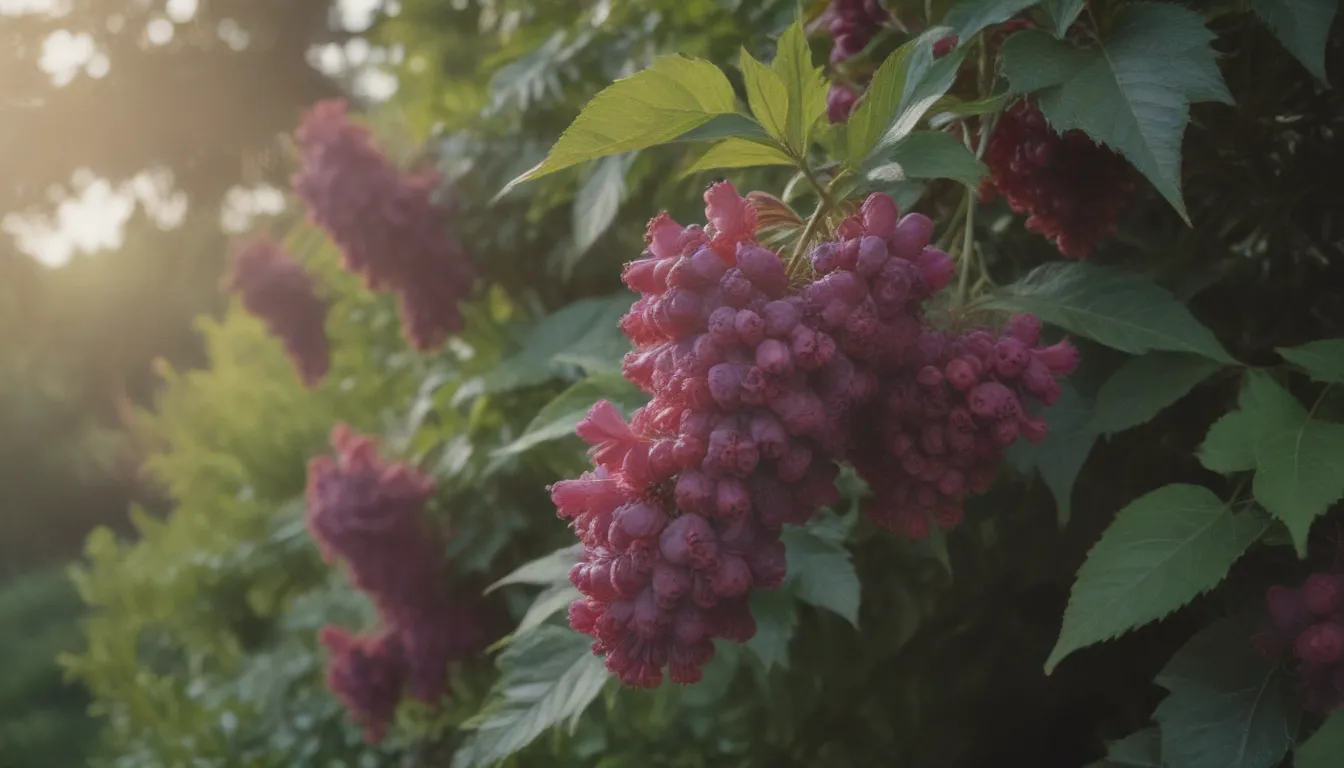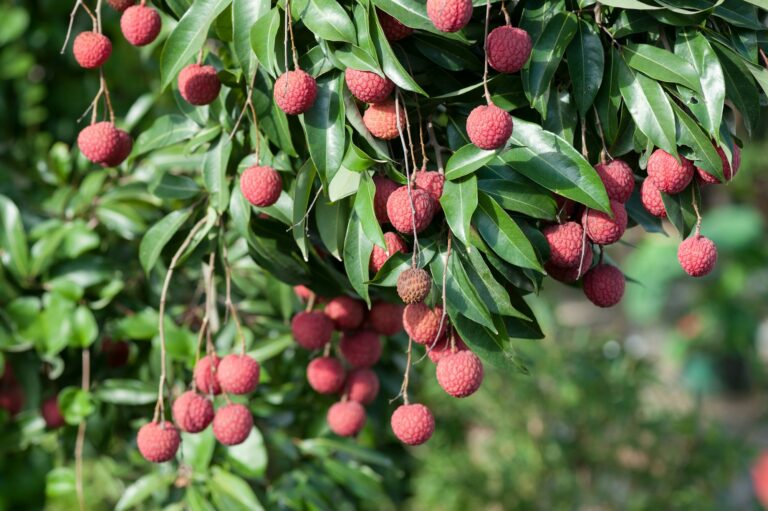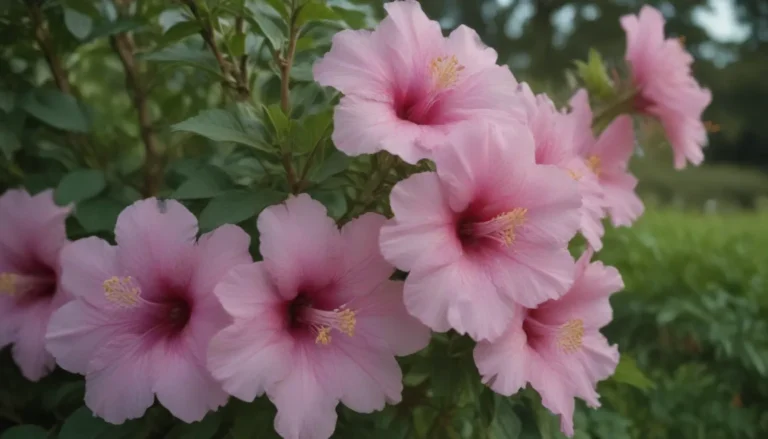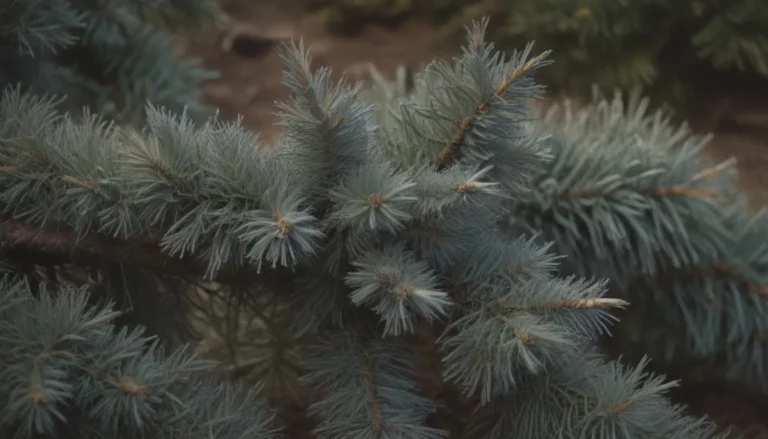Your Ultimate Guide to Growing and Caring for Jostaberry Bushes

Welcome to your comprehensive guide on how to successfully grow and care for jostaberry bushes in your garden. If you’re looking to add a unique and fruitful shrub to your landscape, jostaberry is a fantastic choice. This hybrid fruit, a cross between a gooseberry and a currant, combines the best of both worlds. In this article, we’ll delve into everything you need to know to ensure your jostaberry bushes thrive and produce bountiful harvests.
Understanding the Jostaberry Bush
Jostaberry bushes, belonging to the Grossulariaceae family, are deciduous shrubs that can grow to be 3 to 6 feet tall and wide. One of the standout features of the jostaberry fruit is its color transformation throughout the growing season – starting as green, then turning to red and purple before maturing into a dark violet-black hue. The leaves of a jostaberry bush are characterized by their green color, prominent veins, toothed edges, and irregular lobes.
Key Features of Jostaberry Bushes
- Fast-growing and easy to grow
- Able to bear fruit in cold climates
- Fruits occur in clusters and have a unique color transformation
Planting Your Jostaberry Bush
When to Plant
Mid-spring is the ideal time to plant jostaberry bushes. This ensures that the shrub is still dormant, reducing the risk of transplant shock, and allows it to establish before the heat of summer sets in.
Selecting a Site
Choose a sunny location with good drainage for your jostaberry bush. If the soil does not drain well, consider amending it with organic matter to improve drainage.
Spacing
Plant jostaberry bushes 6 feet apart to provide each plant with adequate space to reach its full size without obstructing the growth of neighboring plants.
Caring for Your Jostaberry Bush
Light
For optimal growth and fruit production, ensure your jostaberry bush receives full sun. While it can tolerate partial shade in Northern regions, it thrives best in full sunlight.
Soil
Jostaberry bushes prefer well-drained soil rich in organic matter. However, they can tolerate sandy soil as long as they receive sufficient water.
Water
Provide your jostaberry bush with consistent watering, especially in sandy soil types where water drains quickly. Aim to keep the soil consistently moist but not waterlogged.
Temperature and Humidity
Jostaberry bushes are hardy to USDA zone 4 and can withstand cold temperatures. They require a chilling period of 1000 hours to produce fruit, making them less suitable for hot and humid climates.
Fertilizer
Fertilize your jostaberry bush with compost in the spring and use mulch, such as straw, to retain soil moisture and suppress weed growth.
Harvesting and Pruning Your Jostaberries
- Harvesting: Jostaberry bushes take 2 to 3 years to bear fruit. Harvest the berries when they turn bluish-black and feel firm to the touch. The harvest time varies based on climate, with some regions harvesting in July and others later in the summer.
- Pruning: Prune your jostaberry bushes each winter to remove old canes and improve productivity. This practice ensures that the plant remains healthy and vigorous for future growth and fruit production.
Propagating and Overwintering Your Jostaberry Bushes
Propagating
You can propagate jostaberry bushes through cuttings or offshoots in the spring. Make sure to follow proper techniques to encourage successful propagation.
Overwintering
Jostaberry bushes are cold-hardy to zone 4, but you can protect them in borderline zones by applying a layer of mulch around the base while avoiding contact with the trunk.
Common Pests and Diseases
Jostaberry bushes are relatively resistant to diseases, with the main challenge being birds and small pests consuming the berries. Use netting to protect the berries from birds and implement pest control measures for pests like slugs, snails, and aphids.
In conclusion, growing and caring for jostaberry bushes can be a rewarding experience for any gardener. With the right knowledge and care, you can enjoy a bountiful harvest of delicious jostaberries year after year. So why not add this unique and fruitful shrub to your garden and enjoy the sweet and sour flavors it has to offer?
Remember, the key to successful jostaberry cultivation lies in providing the right conditions, from proper planting and watering to regular pruning and maintenance. By following the guidelines outlined in this article, you’ll be well on your way to becoming a jostaberry expert in no time!
Sources:
– Growing and Caring for Jostaberry
– Plant Patents Image Database, University of Maryland Digital Collections





